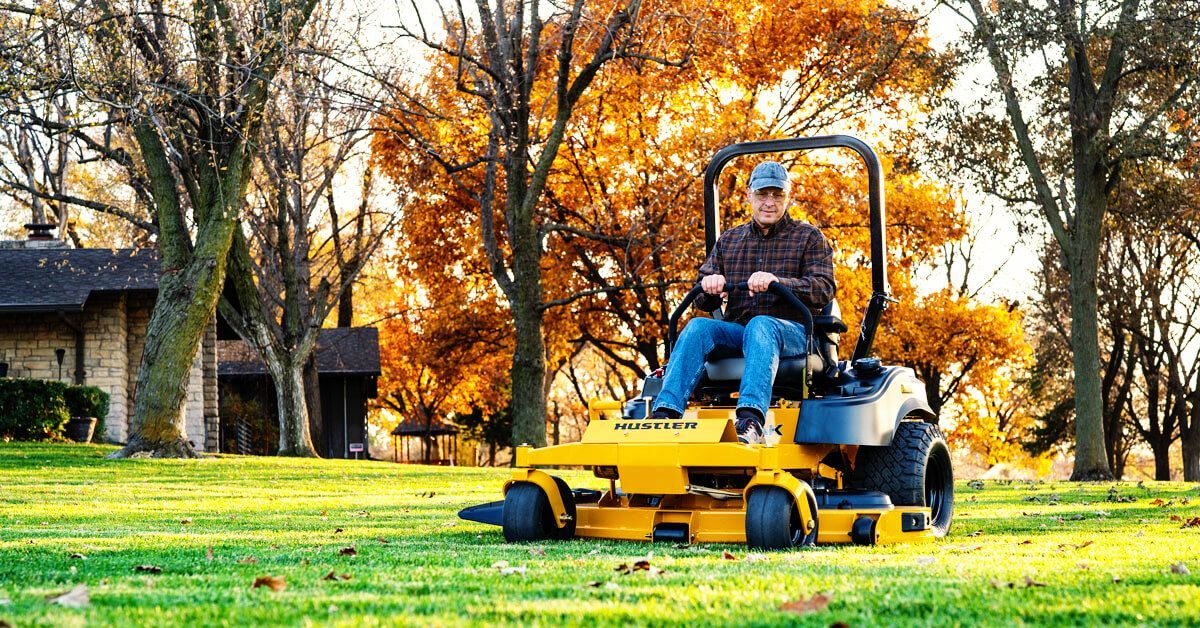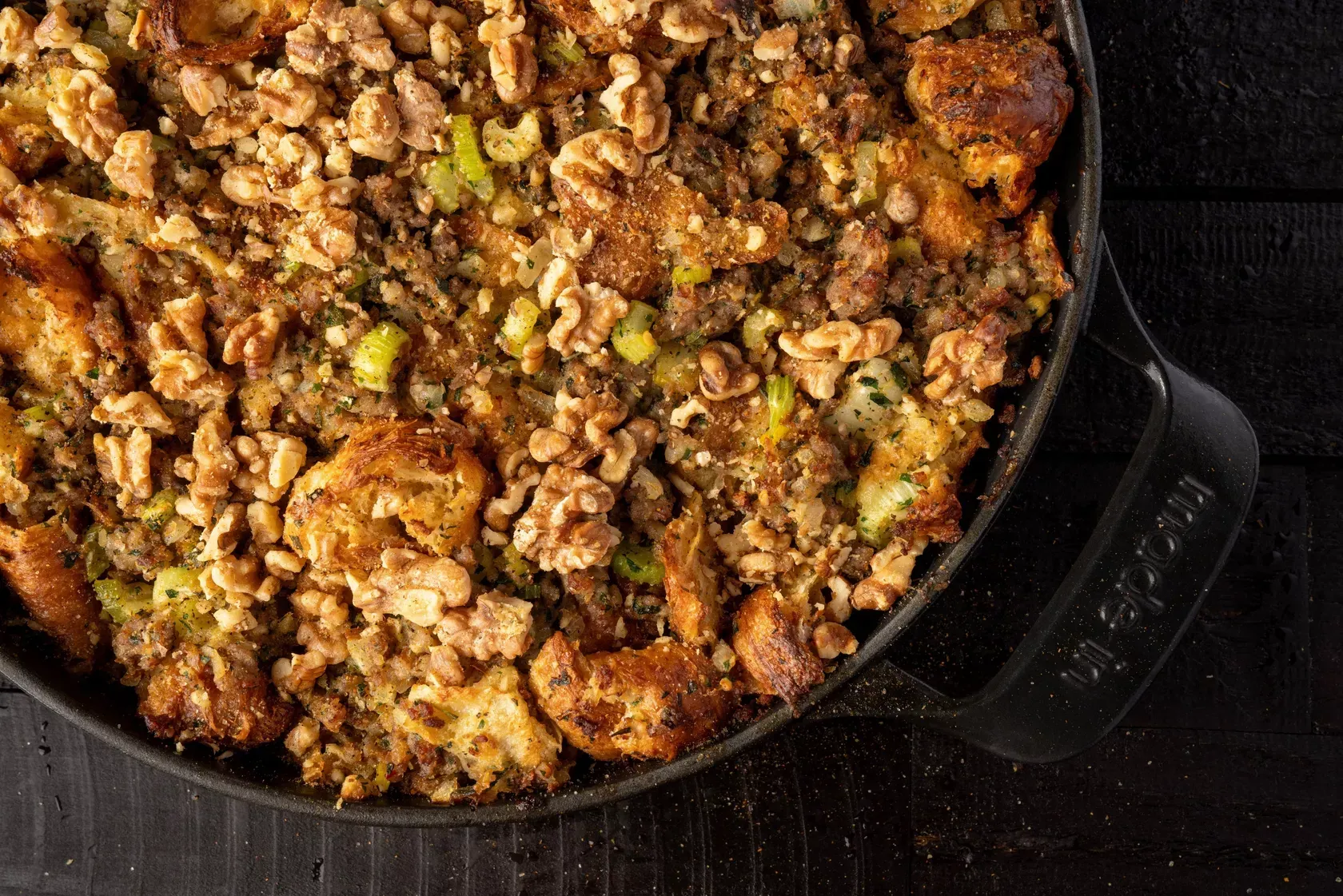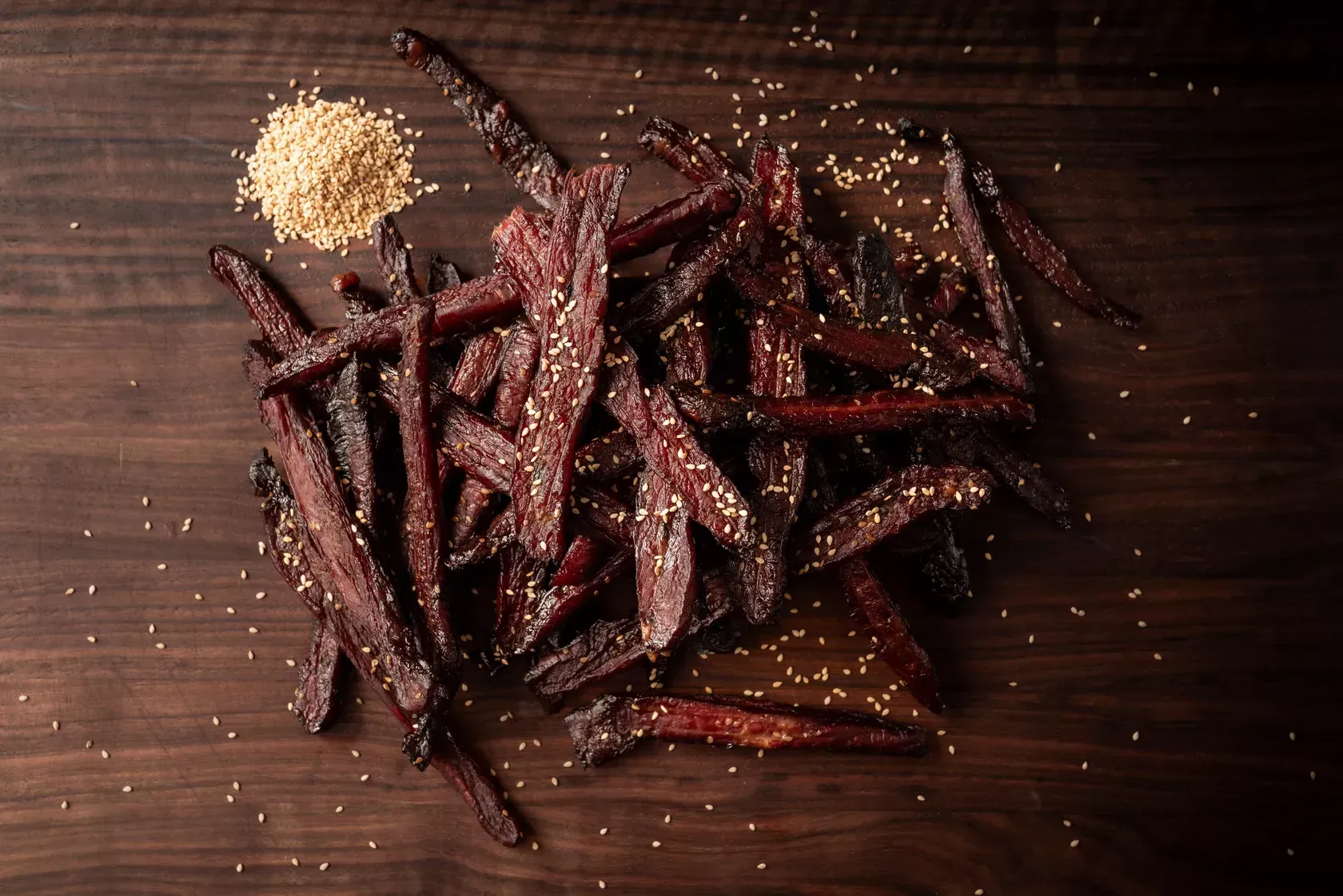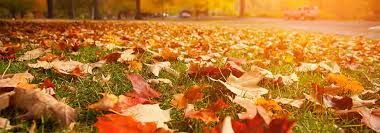Oklahoma-Proof Plants: Top Ornamental Grasses That Thrive in Tough Weather
🌾 Ornamental Grass: The Secret Ingredient for Stunning Landscaping
Ornamental grass is taking over lawns and gardens—and for good reason. It’s hardy, visually striking, and supports local wildlife. From 10″ ankle grazers to towering 10‑foot giants, ornamental grass offers year‑round beauty and function.
Curious to transform your landscape? Let’s dive into what
ornamental grass is, how to choose the best varieties, and how to care for them with minimal effort.
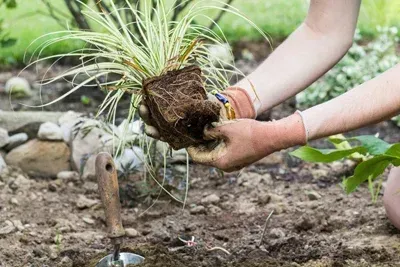
✅ What Is Ornamental Grass?
Unlike standard turfgrass, ornamental grasses are perennial plants selected for form, texture, and seasonal color. They range from bunch‑forming to spreading styles and include many U.S. natives—perfect for adding structure to patios, flowerbeds, and hardscape areas.
Before planting, check out our guide on
selecting and maintaining ornamental grasses—and get tips on matching them with
lawn mowers from our post:
Your Guide to Selecting the Perfect Lawn Mower.
🧐 Choosing the Right Ornamental Grass
1. Growth Habit: Clumping vs. Runners
- Clump‑forming grasses stay tidy—ideal for controlled beds.
- Runner grasses spread aggressively via rhizomes—great for large areas but invasive if left unchecked.
2. Fast vs. Slow Spreaders
- Fast-spreaders like Blue Lyme Grass, Prairie Cordgrass, and Ribbongrass fill space quickly, but can invade nearby beds.
Slow-spreaders such as Fountain Grass, Maiden Grass, and Switchgrass expand slowly and stay contained.
3. Climate Fit: Warm vs. Cool Season
- Warm-season grasses thrive in 80–90°F heat and resist drought (Bluestem, Pampas).
- Cool-season grasses grow early in spring but need more moisture. Choose based on Oklahoma's climate suitability.
🌱 Caring for Your Ornamental Grass
📆 Annual Maintenance
Most grasses need just a spring cutback—trim to 6–10″ before new growth begins. Warm-season varieties may stay through winter to provide wildlife shelter.
Use gloves, a hedge trimmer, and a bungee cord to bundle grass for easier cutting.
✂️ Evergreen Exceptions
Evergreen types (Fescue, Blue Oat Grass) shouldn't be cut annually—just comb out dead strands when needed.
🌀 Dividing Every Few Years
To rejuvenate growth and expand planting, divide clumps every 2–3 years. Best time: spring or summer for warm-season, early fall for cool-season types.
🪴 Container Care
Potted grasses thrive with deep watering every 2–3 weeks. In colder months, move containers to a sheltered space like a garage.
🎨 Landscaping Tips & Design Inspiration
Pair grasses for contrast:
- Mix tall runners with low clump types.
- Combine leafy textures with bold seed heads.
- Embrace color contrasts—gold, blue, burgundy blend beautifully.
To amplify your design, check these articles:
🌟 Why Ornamental Grass Is a Smart Choice
- Low maintenance: Little water and fertilizer needed once established.
- Visual interest: Offers texture, color, and movement year-round.
- Wildlife support: Seeds feed birds and grasses provide shelter.
- Drought resistant: Especially warm-season types thrive in dry conditions.
A study even suggests sweetgrass (Sweetgrass oil)
repels mosquitoes naturally—bonus protection for outdoor spaces!
🏁 Final Thoughts
Ornamental grasses are a high-impact, low-effort way to beautify your landscape. Think through:
- Growth habit (clumping vs. spreading)
- Climate match (warm vs. cool)
- Care routine (annual trimming, dividing, container care)
👉 Want personalized help? Our blog has more on native plants and garden techniques—explore now!
Have questions or need design ideas? Reach out anytime—we’re here for your landscaping journey.
🔗 Explore More from M&D Enterprises
Share Our Blog Post(s) However You'd Like!
Contact
Contact Us
